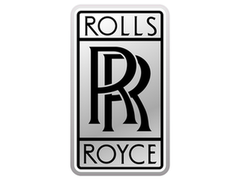Rolls-Royce is a distinguished British luxury automotive brand, currently owned and controlled by BMW. Its illustrious history dates back to 1904, spanning over a century, with various transformations from an independent brand to its status as a subsidiary of BMW. The Rolls-Royce logo, due to its enduring presence in the market, stands as a highly recognizable piece of visual art. What adds to the intrigue is the Rolls-Royce logo meaning and its historical journey through different ownership transitions. Read on for a deeper exploration of this fascinating narrative.
Table of Contents
Rolls-Royce Logo PNG
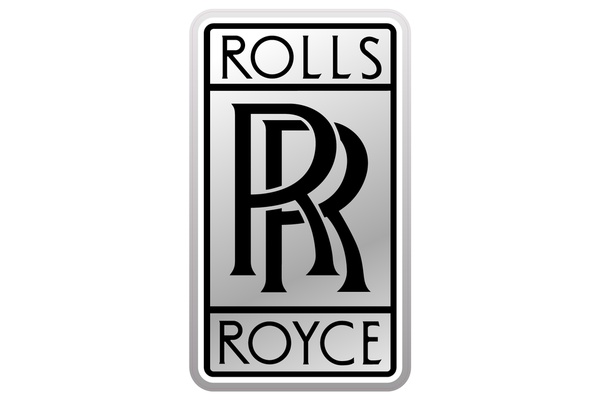
1920*1080
Rolls-Royce Motorcars Logo Information
| Founded | 1904 |
| Founder |
Charles Rolls Henry Royce |
| Headquarters | Goodwood, West Sussex, England, United Kingdom |
| Official website | www.rolls-roycemotorcars.com |
| Owner | BMW |
| Logo Creator | Charles Robinson Sykes |
Rolls-Royce Logo History
The Rolls-Royce logo embodies simplicity and elegance, featuring two superimposed ‘R’ letters that pay homage to the company’s founders. These black letters set against a white background signify the grace, class, and excellence associated with Rolls-Royce’s products. The use of white represents elegance and purity. The company name, enclosed within the rectangular emblem, maintains a professional, sophisticated, and timeless appearance.
Rolls-Royce, the manufacturer of power and propulsion systems, employs an identical logo in a blue and white-color scheme.
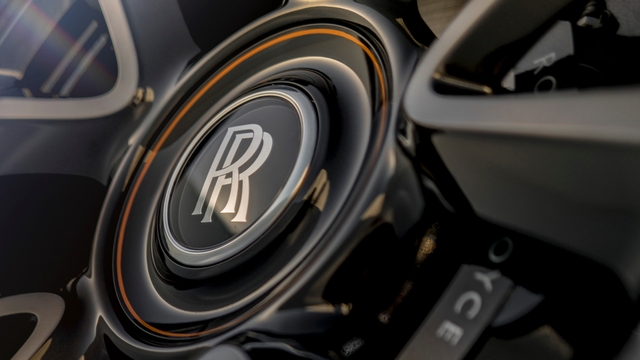
Rolls-Royce Emblem: Incomplete without the Flying Lady
A comprehensive exploration of the Rolls-Royce car logo wouldn’t be thorough without mentioning the iconic Flying Lady hood ornament gracing their vehicles. Officially known as the “Spirit of Ecstasy,” this bonnet decoration features a depiction of a woman leaning forward with her arms gracefully stretched behind her, and her flowing garments give the impression of wings. This figurine symbolizes the essence of the automobile, portraying a woman who has chosen road travel as her ultimate pleasure. It also signifies key attributes of the vehicle, such as a smooth, vibration-free ride and a serene cabin environment even at high speeds.
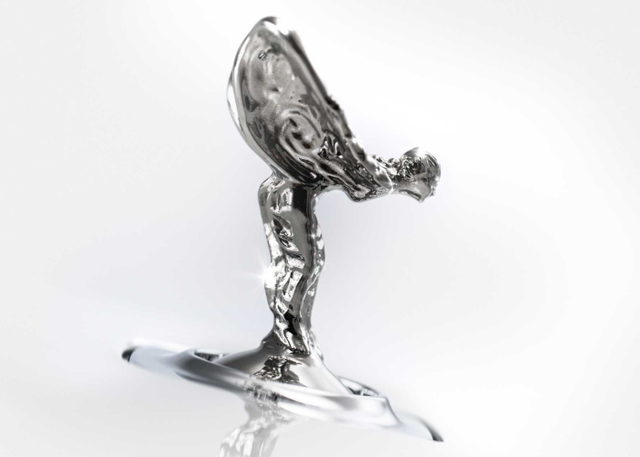
Rolls-Royce Logo Meaning and History
In 1910, the Spirit of Ecstasy was commissioned by Claude Johnson, who was the company’s managing director at that time. Johnson enlisted the services of sculptor Charles Sykes, known for crafting a similar private emblem for Baron John Montagu’s 1909 Silver Ghost. For this figurine, Sykes used Eleanor Velasco Thornton as the model, naming it “The Whisper.” The figurine portrayed Thornton in flowing robes, with one forefinger placed against her lips, symbolizing her discreet romantic involvement with Montagu.
Fun Fact: Henry Royce was not a fan of the ornament and was of the view (not entirely incorrect) that the mascot impaired the driver’s view.
However, the ornament eventually became a standard feature on Rolls-Royce vehicles and now includes a mechanism that allows the Flying Lady to retract into the hood. Additionally, this system automatically retracts the ornament if it is touched or tampered with to deter theft.
Rolls-Royce: Volkswagen had a car, but no engine
While it bears the same name, Rolls-Royce Motor Cars, a subsidiary of BMW, is not a direct continuation of the original Rolls-Royce automaker. The modern-day Rolls-Royce is an independently developed car manufacturer by BMW, while the original Rolls-Royce was transferred to Volkswagen. This adds to the complexity of the Rolls-Royce logo meaning and its historical context.
Rolls-Royce’s history is intricate and multifaceted. The company extended its operations into aero-engine manufacturing and thrived for many years. However, due to mismanagement, it faced liquidation in 1971. As a result of this crisis, the automotive and aircraft engine manufacturing divisions were separated, with the automotive business being acquired by the British engineering group Vickers in 1980. Interestingly, Vickers, which had also acquired the Cosworth automotive engineering group, decided in 1998 to divest itself of both automotive businesses.
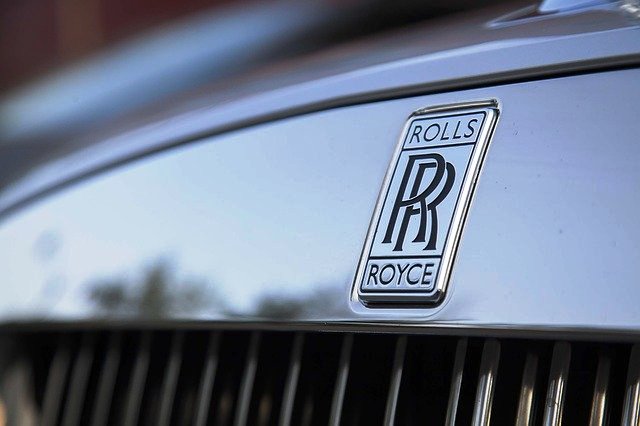
Given that BMW was already providing engines and various components to Vickers for Rolls-Royce and Bentley vehicles, it seemed like a logical buyer. Nevertheless, BMW’s bid of GBP340 million was eclipsed by Volkswagen’s winning offer of GBP430 million. Volkswagen’s acquisition included a substantial portion, encompassing vehicle designs, manufacturing facilities, the iconic Spirit of Ecstasy hood ornament, and the trademarks associated with the Rolls-Royce grille shape. However, the rights to use the Rolls-Royce insignia and the brand name were retained by the aircraft engine manufacturer Rolls-Royce plc, which ultimately sold these rights to BMW for GBP40 million.
BMW held a significant advantage in this situation due to its ability to terminate the engine supply agreement with the new owner by providing just 12 months’ notice. This tight timeline left Volkswagen with insufficient time to develop its own engines. BMW strategically leveraged this advantage, compelling Volkswagen to come to the negotiation table.
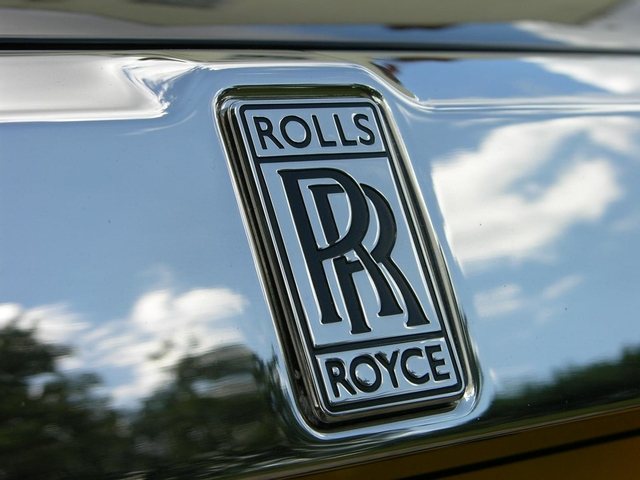
Following negotiations, Volkswagen and BMW reached an agreement that granted Volkswagen exclusive rights to the Rolls-Royce name until the conclusion of 2002. After that, BMW secured complete rights to use the Spirit of Ecstasy hood ornament and the Rolls-Royce grille shape trademarks. Subsequently, BMW established a new production facility in Goodwood, West Sussex, where the company’s inaugural offering, the Phantom, was manufactured.
The automotive industry is rife with examples where clever strategies overcame financial might. The last turn in the Rolls-Royce logo history once again illustrated this principle.

